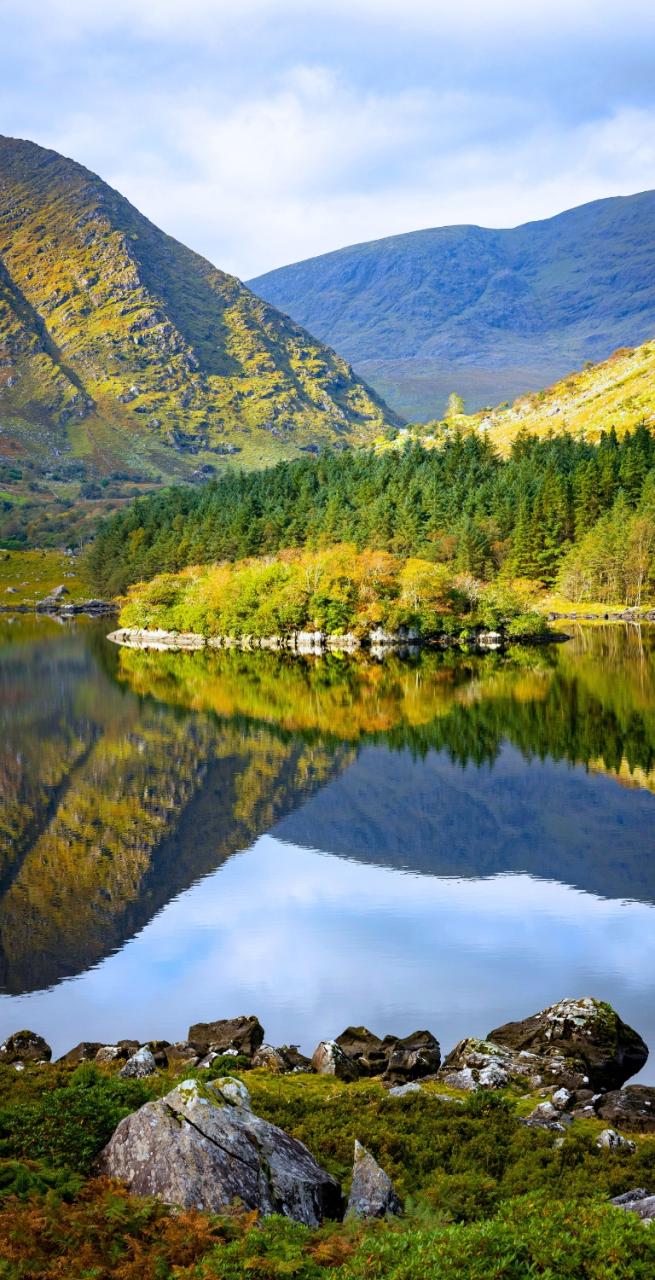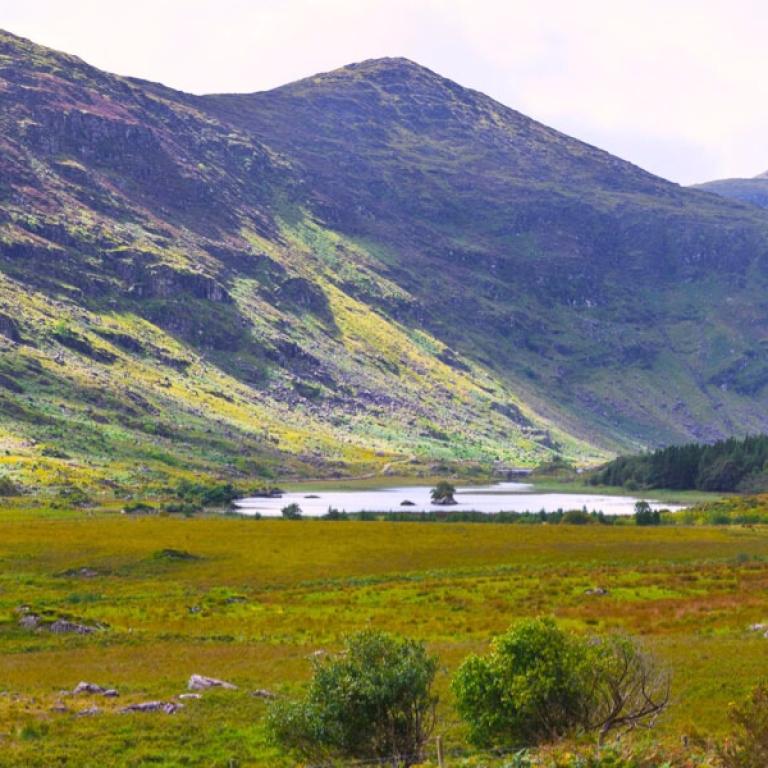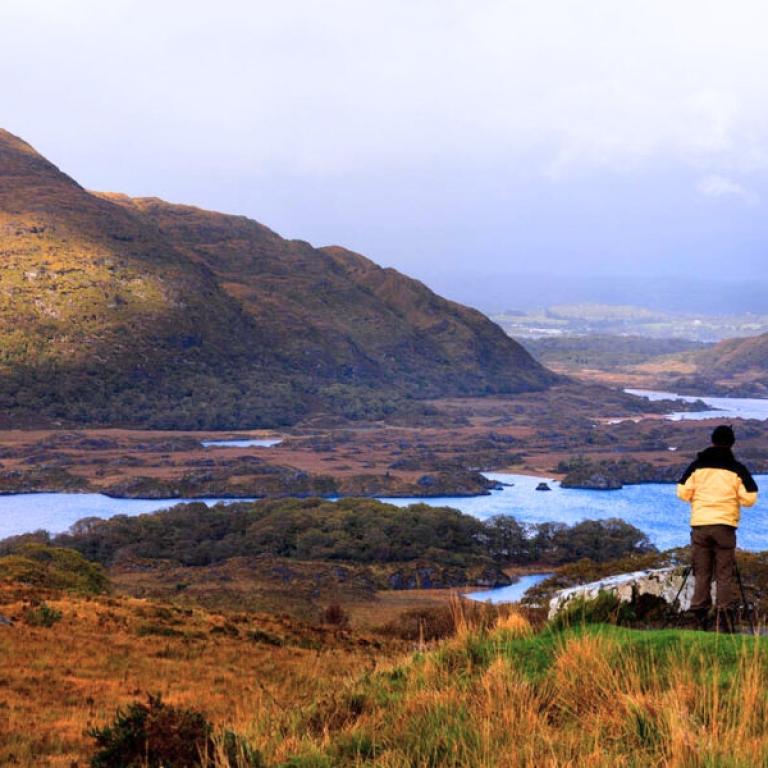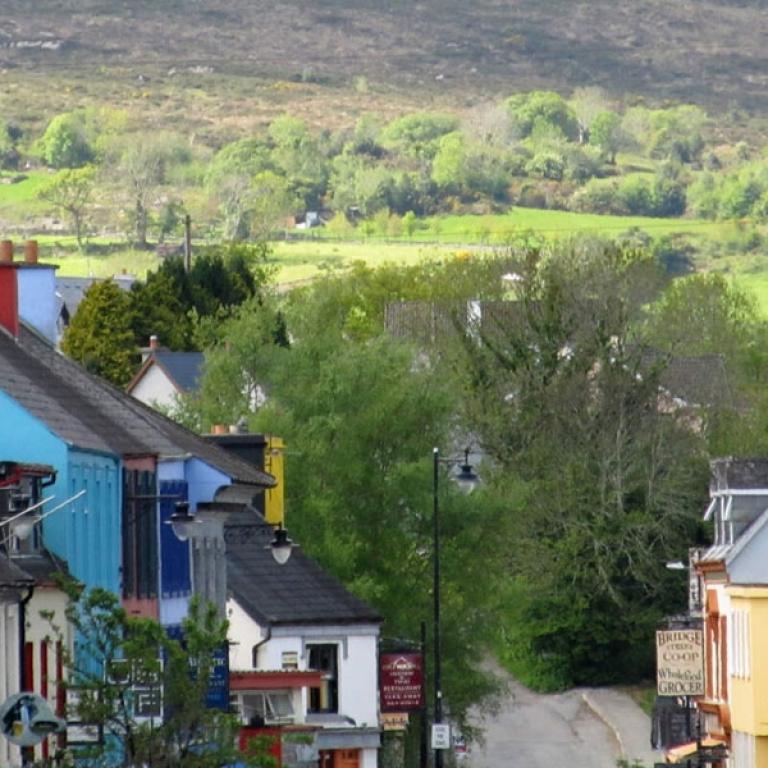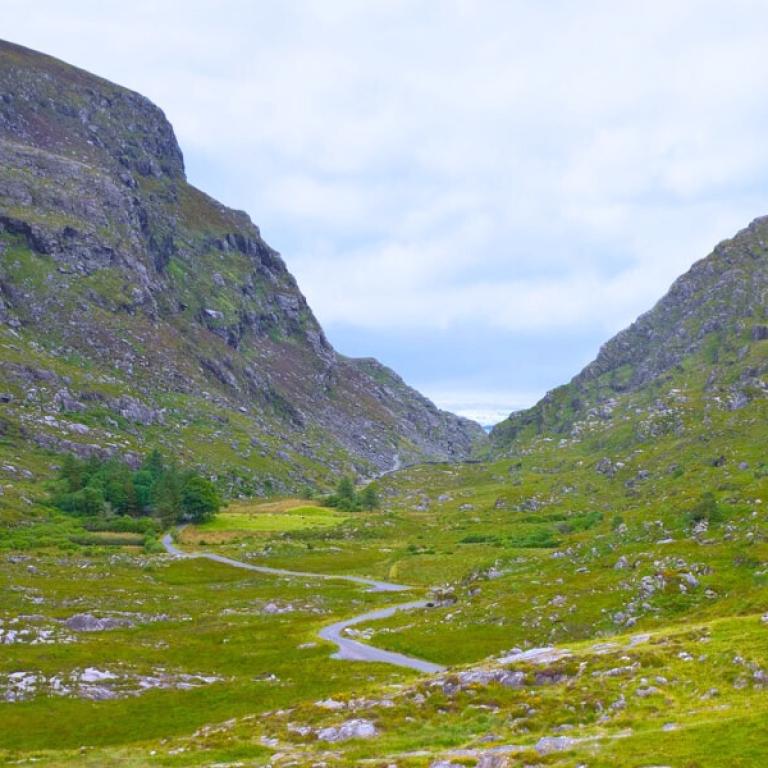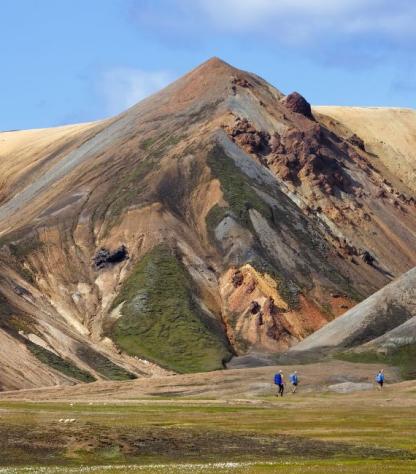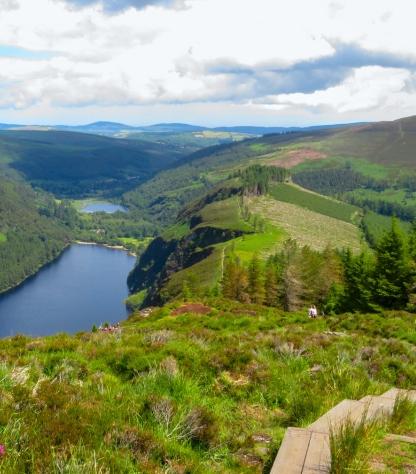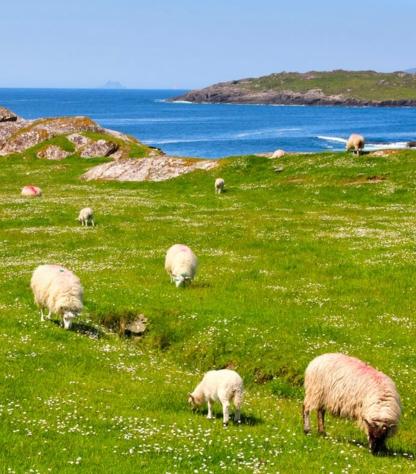Spanning an impressive 230km, the Kerry Way is Ireland’s longest Waymarked Trail—a journey of breathtaking beauty that begins and ends in the lively town of Killarney. Traditionally tackled in a clockwise direction, this iconic route unfolds over nine stages, leading you through picturesque Kerry towns like Glenbeigh, Caherciveen, Waterville, Sneem, and Kenmare.
As you skirt the base of the mighty MacGillycuddy's Reeks, home to Ireland’s highest peaks, Carrauntoohil (1038m) and Caher (1001m), the landscape transforms—quiet roads, open moorlands, ancient woodlands, and tranquil field paths paint an ever-changing canvas. While the trail avoids the towering summits, it offers its own challenges, with isolated stretches, muddy tracks, and the occasional steep climb adding to the adventure.
Want to make your journey even more special? Whether it's airport transfers, a night in Dublin, or a relaxing rest day, we’re here to tailor the experience to you. Just let us know, and we’ll take care of the details!
